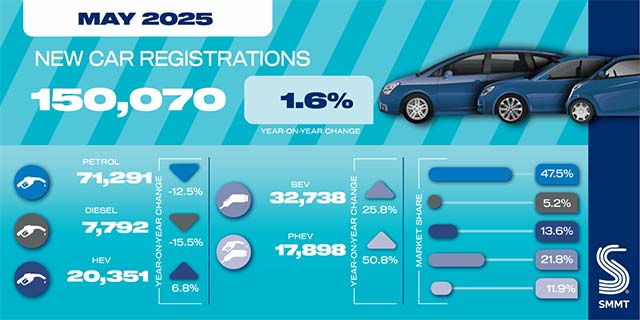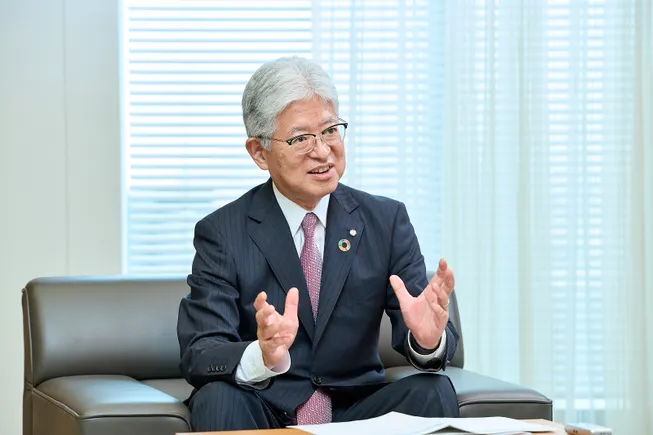Research highlights white wine opportunity in China
While the potential for overall wine sales growth in China remains modest, a new ProWine report highlights whites as a promising segment – both for importers and domestic producers. The post Research highlights white wine opportunity in China appeared first on The Drinks Business.

While the potential for overall wine sales growth in China remains modest, a new ProWine report highlights whites as a promising segment – both for importers and domestic producers. Unveiled at ProWine Hong Kong last month, the research, which was compiled by Geisenheim University, noted that “Dry white wines top the list of trending wine styles through 2027, with both trade and producers ranking them ahead of reds.” The conclusion was based on an international survey focused on market trends in China’s wine sector, taking in perspectives from both local trade and international producers, which were gathered between November 2024 and February 2025. The results were published on 14 May, and presented via a digital link at ProWine Hong Kong by Prof. Dr. Simone Loose, who is head of the Institute of Wine and Beverage Business Research at the Hochschule Geisenheim University in Germany. Loose invited notable figures in the Chinese wine trade to comment on the findings, including Xing Wei MW, who is the latest and youngest Master of Wine in China. Agreeing with the idea that white wine offers hopes for growth, Wei initially pointed out how much red wine production in China has suffered over the past decade, recording that 10 years ago the country was making more than 10 million hectolitres of red wine, when today that figure is just 1.2mhl. By way of contrast, white wine production is much smaller and supply constrained, according to Wei. Noting that the demand for white wines is growing, he said that domestic producers based in Ningxia were getting higher prices for white grapes then red varieties, such as Marselan, which is prized in the region, and therefore normally fetches the most money per kilo. He also said that some producers were attempting to make white wines from red grapes, such as Château Changyu-Moser XV, in an attempt to meet the rising call for whites. Under the guidance of consultant winemaker Lenz Moser, this Ningxia wine producer launched a white Cabernet Sauvignon in 2017, which was followed up with a barrel-aged version in 2020. “We are seeing blanc de noirs because there are not enough white grapes to make white wine,” said Wei, adding, “They are using activated Carbon to make white wine [from red grapes], because they think it is more attractive to consumers.” Continuing he said, “A winery such as Célébre has planted a lot of white grapes because the owners believe China will have a huge demand for white wine in the near future.” Indeed, on show at ProWine Hong Kong was a white wine from this producer, which is known for its high-altitude vineyards in the Himalayan foothills of Yunnan province, primarily from Cabernet Sauvignon and other Bordeaux red grapes. However, it also makes a barrel-fermented Chardonnay, which is on sale in the UK for £160. The ProWine business report further noted that it expects Germany and New Zealand to perform well as sources of imported wine sales in China (see below), based on the forecasted growth in whites, while it also recorded that sparkling wines have a relatively high sales potential in China, albeit off a small base. Nevertheless, Wei pointed out that such types of wine were still a long way behind reds in terms of desirability in China, based on the findings from his Master of Wine Research Project, entitled, Factors affecting Chinese wine consumers’ preferences for wine in on-trade and off-trade channels. "The key factor on buying patterns in China is the style of wine, not the price, country or grape variety, and red wine is much more attractive than white, and white wine is much more attractive than sparkling,” he said, before concluding, “For the Chinese consumer, wine is still red.” As previously reported by db, when it comes to attracting the Chinese consumer to wine, Wei stressed the need for “localised story telling”, commenting, “And that doesn’t mean painting a dragon on the label.”

















































































































































